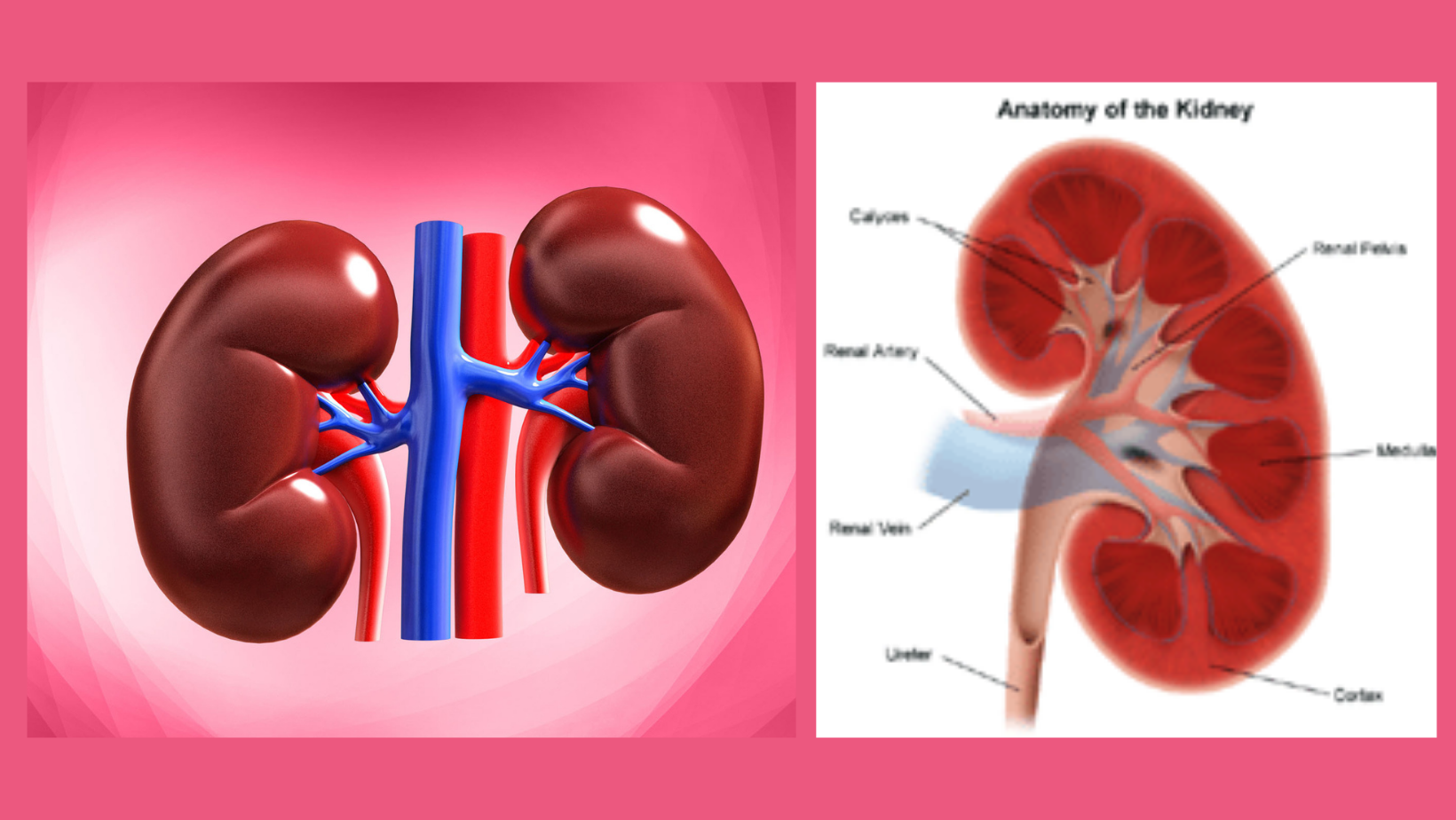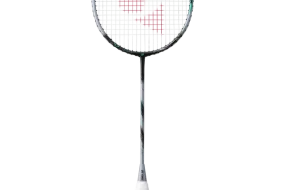
kidney function
What is the significance of the kidneys? Your kidneys are responsible for removing waste and excess fluid from your body. Your kidneys also filter out acid created by your body’s cells and keep a healthy balance of water, salts, and minerals in your blood, such as sodium, calcium, phosphorus, and lithium.
Two bean-shaped organs, each approximately the size of a hand, make up the kidneys. One on either side of your spine is positioned right below the rib cage.
Every minute, healthy kidneys filter roughly a half cup of blood, eliminating wastes and excess water to produce urine. Urine travels from the kidneys to the bladder via two thin muscular tubes known as ureters, one on each side of the bladder. Urine is stored in your bladder. The urinary tract includes your kidneys, ureters, and bladder.
What is the significance of the kidneys?
Your kidneys are responsible for removing waste and excess fluid from your body. Your kidneys also filter out acid created by your body’s cells and keep a healthy balance of water, salts, and minerals in your blood, such as sodium, calcium, phosphorus, and potassium.
Nerves, muscles, and other tissues in your body may not function properly if this equilibrium is not maintained.
Your kidneys also produce hormones that aid with digestion.
keep your blood pressure in check
NIH external link to produce red blood cells
maintain your bones healthy and strong
What are the functions of my kidneys?
About a million filtering units called nephrons make up each of your kidneys. A filter termed the glomerulus and a tubule are found in each nephron. The glomerulus filters your blood, and the tubule restores essential chemicals to your blood while removing wastes.
Each nephron has a glomerulus, which filters your blood, and a tubule, which restores essential chemicals to your blood while removing waste. Urine is made up of waste and excess water.
Your blood is filtered by the glomerulus.
Blood enters a collection of small blood arteries called the glomerulus as it travels into each nephron. Smaller molecules, wastes, and fluid—mostly water—can pass through the glomerulus’ thin walls and into the tubule. Proteins and blood cells, for example, are larger molecules that stay in the blood vessel.
The tubule eliminates wastes and restores essential chemicals to your blood.
The tubule is flanked by a blood artery. The blood vessel reabsorbs virtually all of the water, as well as the minerals and nutrients your body need, as the filtered fluid travels through the tubule. The tubule aids in the removal of excess acid from the bloodstream. Urine is formed from the leftover fluid and wastes in the tubule.
What is the flow of blood through my kidneys like?
The renal artery is the blood vessel that supplies blood to your kidney. Until the blood reaches the nephrons, this big blood artery branches into smaller and smaller blood vessels. Your blood is filtered in the nephron by the glomeruli, which are small blood vessels, and then flows out of your kidney through the renal vein.
Your blood passes through your kidneys several times during the day. Your kidneys filter roughly 150 quarts of blood every day. Tubules return the majority of the water and other chemicals that filter through your glomeruli to your blood. Only 1 to 2 quarts of urine are excreted.
The renal artery delivers blood to your kidneys and the renal vein returns it. Urine is transported from the kidney to the bladder via the ureter.
What are the kidneys’ primary functions?
Their primary function is to remove poisons from the blood and convert waste into urine. Each kidney weighs around 160 grams and excretes one to one-and-a-half litres of urine each day. Every 24 hours, the two kidneys filter 200 litres of fluid.
What Are Some of the Factors That Contribute to Chronic Kidney Disease?
Chronic kidney disease is characterized as having a kidney anomaly, or “marker,” such as protein in the urine, for three months or more, and having reduced kidney function.
Chronic renal disease can be caused by a variety of factors. Diseases such as diabetes and high blood pressure can harm the kidneys. Some kidney diseases are passed down down the generations (run in families).
Others are congenital, meaning that people are born with a defect that affects their kidneys. Some of the most prevalent forms and causes of kidney injury are listed here.
Diabetes is a condition in which your body does not produce enough insulin or does not utilise it effectively. This causes a spike in blood sugar, which can cause issues in many regions of the body. Kidney disease is most commonly caused by diabetes.
Another major cause of kidney disease and accompanying problems such as heart attacks and strokes is high blood pressure (also known as hypertension). When the force of blood against your artery walls rises, you have high blood pressure. Controlling high blood pressure lowers the risk of consequences such as chronic renal disease.
Glomerulonephritis is an inflammatory illness that affects the glomeruli, which are small filtering units in the kidney. Glomerulonephritis can strike unexpectedly, such as after a strep throat infection, and the person may recover quickly. However, the illness may advance slowly over several years, resulting in gradual kidney function loss.
The most prevalent hereditary kidney illness is polycystic kidney disease. It’s marked by the growth of kidney cysts, which grow in size over time and can lead to significant kidney damage and even renal failure. Alport’s Syndrome, primary hyperoxaluria, and cystinuria are some of the other hereditary kidney disorders.
Kidney stones are quite common, and they can cause significant discomfort in your back and side as they pass. Kidney stones can be caused by a variety of factors, including a hereditary condition that causes an excessive amount of calcium to be absorbed from meals, as well as urinary tract infections or blockages. Medications and a healthy diet might sometimes help to avoid recurring stone development. Treatments to remove stones or break them down into little bits that can pass out of the body may be used in instances when they are too big to transit.
When bacteria enter the urinary system, they induce symptoms including discomfort and/or burning during urination, as well as a need to pee more frequently. These infections usually attack the bladder, but they can also extend to the kidneys and produce a fever and back discomfort.
Kidneys can be affected by congenital disorders. These generally include an issue with the urinary system that arises when a kid is growing in its mother’s womb. One of the most frequent happens when a valve-like mechanism between the bladder and the ureter (urinary tube) malfunctions, allowing urine to back up (reflux) into the kidneys, causing infections and perhaps kidney damage.
Kidney issues can also be caused by drugs and pollutants. Long-term use of a significant number of over-the-counter pain medications may be damaging to the kidneys. Other drugs, poisons, insecticides, and “street” narcotics like heroin and crack can potentially harm your kidneys.
How can you know if you have chronic kidney disease?
The key to preventing kidney disease from advancing to kidney failure is early identification and treatment of chronic renal disease. Early kidney disease can be detected with a few basic tests. They are as follows:
A urine protein test is used to see if there is any protein in the urine. The Albumin to Creatinine Ratio (ACR) calculates how much albumin is in your urine. A high level of protein in your urine might indicate that the filtering units in your kidneys have been damaged by disease. Because a positive result might be related to a fever or strenuous activity, your doctor will want to repeat the test over a period of time.
A blood creatinine test. Your doctor should determine your glomerular filtration rate based on your results, as well as your age, race, gender, and other variables (GFR). Your GFR indicates how well your kidneys are working. Click here to view the GFR calculator.
These tests are especially critical for those who have a higher risk of chronic renal disease. If you do any of the following, you may be at a higher risk for kidney disease:
are more mature
suffer from diabetes
blood pressure is too high
a member in your family suffers from chronic renal illness
Are you African-American, Hispanic, Asian, Pacific Islander, or American Indian?
If you fall into one of these categories or believe you may be at risk for kidney disease, speak with your doctor about being tested.
An additional kidney is required.
Our kidneys might quit functioning at any time. Our blood cannot be cleansed in this situation, and we may become quite ill. The only way to stay alive is to be hooked up to a large machine that cleans your blood or undergo a kidney transplant.
When my kidneys quit performing correctly, this happened to me. My father donated one of his kidneys to me. Dad, I appreciate it.
A kidney transplant involves two people: a donor who will donate their kidney and a recipient who will receive the kidney.
After the replacement kidney is implanted in the recipient, both the donor and the recipient are left with only one functioning kidney. With only one kidney, both the donor and the receiver can enjoy long and happy lives. They just must take extra precautions to eat healthily and exercise regularly in order to maintain their fitness. One Australian resident has been living with a donated kidney for 45 years!
While it is true that your body functions best when all of your organs are functioning correctly, experts are still baffled as to why humans have two kidneys. However, knowing that we have a few extra components that we can live without is comforting.
Also, if you’re an adult reading this, make sure you’re registered as an organ donor and talk to your family about it so they know you want to give. You could save someone’s life one day.




